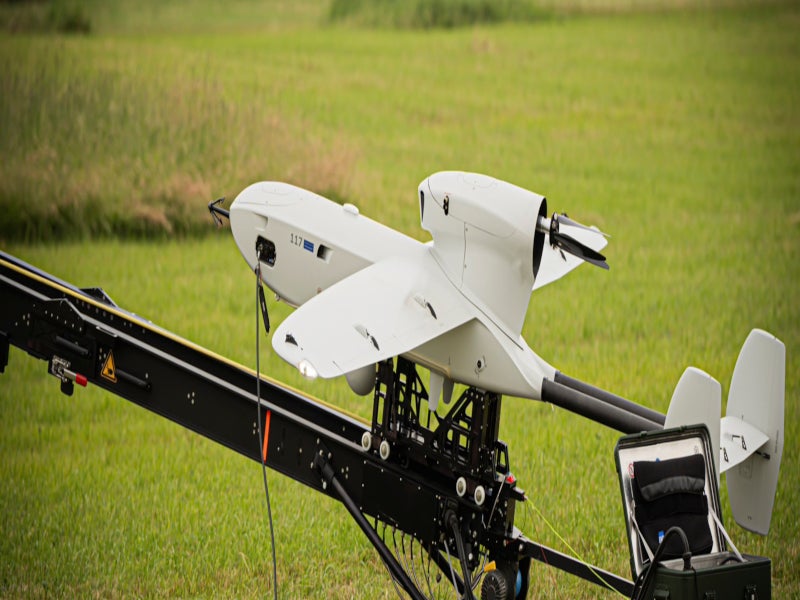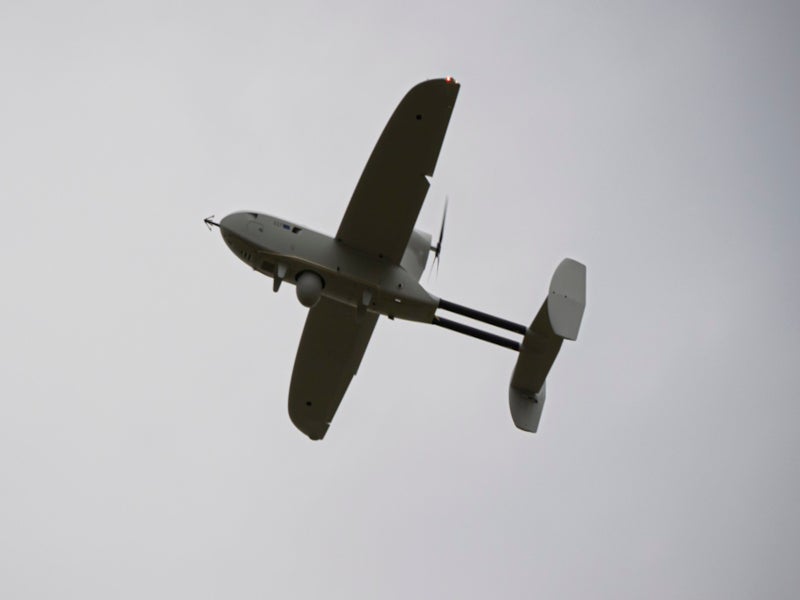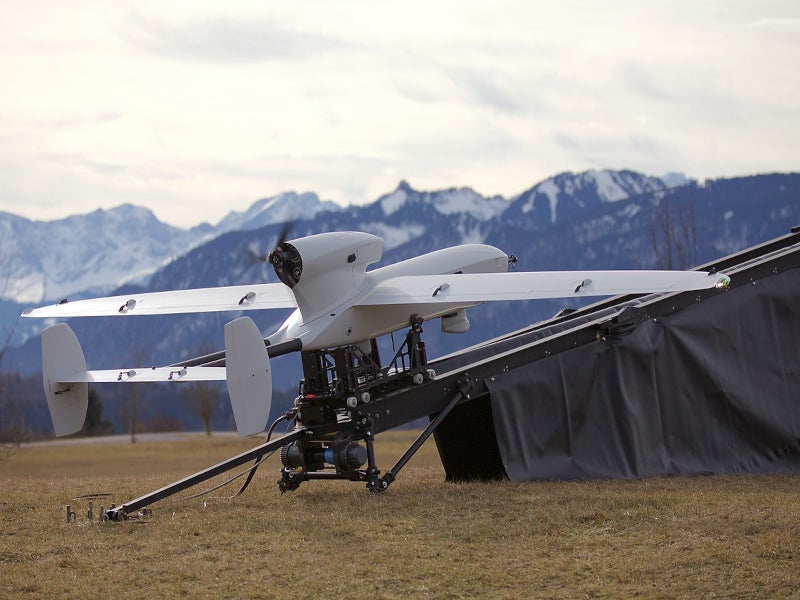Luna New Generation (NG) unmanned aerial system (UAS) is a new addition to the family of the Luna system for real-time surveillance, detection and tracking operations developed by Rheinmetall, an arms manufacturing company based in Germany.
Luna NG will be deployed under the name HUSAR in the German Army’s reconnaissance unit. It will replace Rheinmetall’s small KZO unmanned aerial vehicle currently in service and improve the capabilities of the German armed forces by serving as a pivotal component in their digitalisation process.
The Luna drone system was originally developed by EMT, an unmanned aerial vehicle manufacturing company based in Germany. It became part of Rheinmetall’s portfolio following the takeover of EMT’s operations by the company in 2022.
Rheinmetall is working with Embention, an aerospace company based in Spain, to address two aspects of the aerial platform, including the development of a vertical take-off and landing (VTOL) version and utilisation of Embention’s Veronte Autopilot miniaturised avionics system and experience to achieve system certification with the German military aviation authority.
Orders and deliveries
Rheinmetall will supply the Luna NG system to Ukrainian military on behalf of Germany under a low double-digit million euro order placed in August 2023. The order was part of an extensive military aid package initiated by the German government in July 2023. The delivery is expected by the end of 2023.
Rheinmetall secured an order worth more than €200m ($210.7m) from the German Bundeswehr to deliver 13 Luna NG systems, including 12 production systems and a pilot system, in September 2023. The first production system is expected to be delivered in the second quarter of 2025.
The Bundeswehr intends to acquire 20 HUSAR unmanned reconnaissance and targeting systems by 2027 with the aim of replacing the outdated KZO and Luna reconnaissance drone systems.
Luna NG unmanned aerial system details
Luna NG is a next-generation short-range drone system comprising five reconnaissance drones, two ground control systems, two launcher vehicles, two antenna masts, a repair shop with equipment for quick repair, and three transport platforms.
The system is suitable for both military and civilian purposes. It plays a pivotal role in networked command, control, communications, computers, intelligence, surveillance, and reconnaissance (C4ISTAR) operations and is set to have a critical function in transmitting tactical data within the military.
The drone can be transported on Rheinmetall MAN Military Vehicles’ HX tactical military trucks, which feature a swap body system. The ability of the ground control systems to fit into standard vehicles such as transport helicopters allows them to be relocated quickly.
It serves as an advanced sensor module designed for networked operations, greatly enhancing the efficiency of the sensor-to-shooter chain.
Luna NG air-supported reconnaissance drone design and features
Luna NG drone is 3m long, 5.34m wide and 1.1m high, with a wingspan of 5.3m. It has a maximum take-off weight of 110kg and can fly to a maximum altitude of 5km.
The drone has an aerodynamic design with a body made of ultralight, highly stable carbon fibre-reinforced plastic (CFRP) material, which provides a long operational life, and low acoustic emission levels and radar signatures thereby improving the stealth features of the system.
Depending on the payload, the drone can remain in the air for up to 12 hours with a datalink range of more than 100km. The range can be further increased using satellite communications (SatCom), which enables the drone to attain a spatial coverage of more than 30,000km².
The drone can be launched from anywhere using a rope hoist catapult, which can be folded for transportation. It can be made to land autonomously using a differential global positioning system (GPS) in the net or by parachute.
Avionics system details
The drone is equipped with state-of-the-art optics for pilot view and ground view, enabling the transmission of images and data in real time. It features digital navigation, autopilot and aircraft systems. The reconnaissance sensors have high-resolution rotatable optical and infrared camera systems.
The system is already equipped to handle the most recent advancements in aerial reconnaissance. The sensor module includes a gyroscope, speed transmitters, a magnetic compass, ambient air sensors, and an accelerometer.
Payload details
Luna NG drone can carry a payload of more than 30kg. Its modular structure allows it to be equipped with diverse payloads, including modular payloads such as electro-optical (EO) and infrared (IR) surveillance equipment, and acoustics and spectrum analysing equipment.
It can also carry long-term evolution (LTE) network, intercepting or jamming communications relay or command post connection systems, and tactical SatCom intelligence equipment and international mobile equipment identity (IMEI) trackers. In addition, it has artificial intelligence (AI)-supported data evaluation and sensor-to-shooter capabilities and connectivity, and electronic support measures (ESM).
Optional payloads, such as synthetic aperture radar (SAR), chemical, biological, radiological and nuclear detectors, electronic warfare (EW) payloads, information protection and radio transmitting equipment, and other sensor systems, may be affixed to the standard swivelling payload platform based on the requirement.
Engine and performance
The drone is powered by a low-noise two-stroke twin-cylinder fuel-injected engine rated at 10kW mounted above the fuselage. It renders reliable features to the drone to fly in all seasons and even in adverse climatic conditions.
It has the characteristic ability to perform a glide flight without propulsion and then restart the engine. The drone can independently execute predetermined flight paths without requiring input from a ground station. Alternatively, it can be remotely controlled or using a relay drone if necessary, such as when operating in an area with limited radio communication coverage.
The drone can reach a maximum speed of 150km/h and a speed of 90km/h during reconnaissance.






